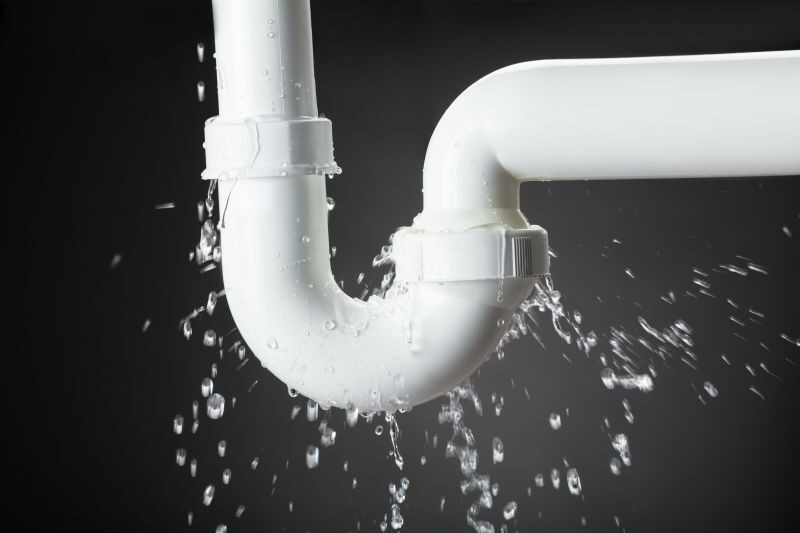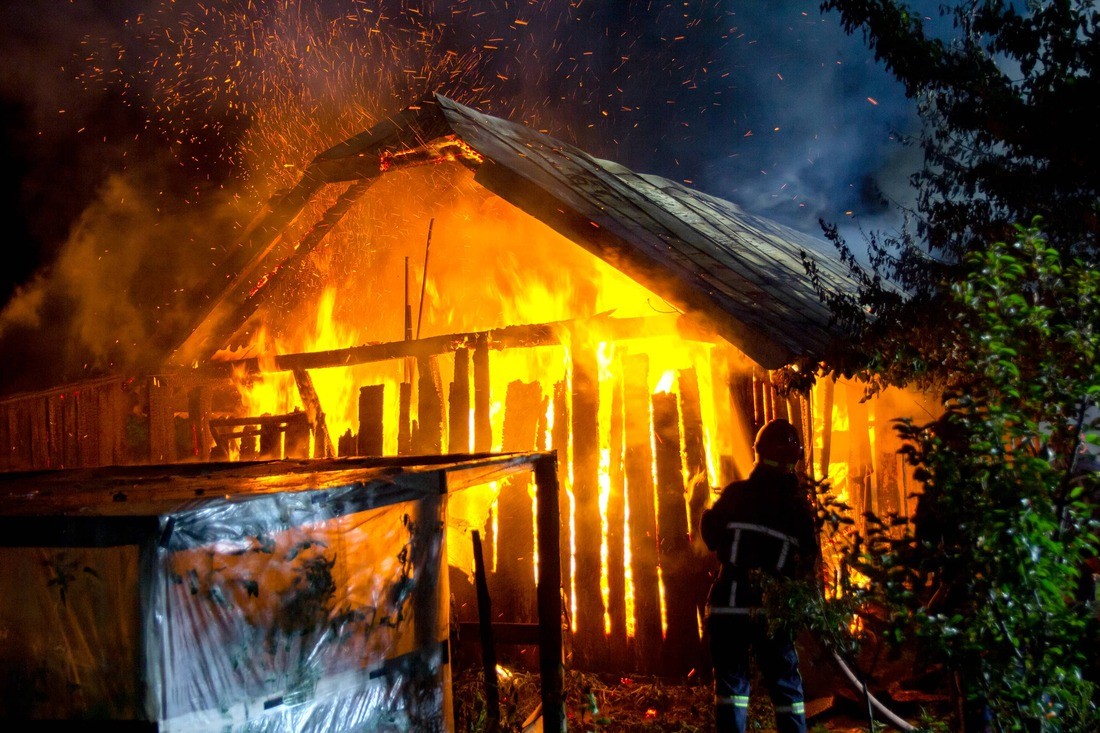
Fire Damage Restoration: Understanding Insurance Policies
Fire damage can be a devastating experience for homeowners and business owners alike. The process of restoring a property after a fire requires expertise, time, and financial resources. One crucial aspect of fire damage restoration is understanding insurance policies and how they can help cover the costs.
Fire Damage Restoration Process

The fire restoration process involves several steps to ensure that the property is fully restored and safe for occupation:
- Initial Assessment: A thorough assessment of the property’s damage is conducted to determine the extent of the fire’s impact.
- Cleanup and Debris Removal: All debris and damaged materials are removed from the property.
- Smoke and Soot Removal: Professional cleaners use specialized techniques and equipment to remove smoke residue and soot from surfaces.
- Structural Repairs: Any structural damage is repaired to restore the integrity of the building.
- Odor Elimination: Specialized odor removal techniques are employed to eliminate smoke odor from the property.
- Restoration and Reconstruction: The property is restored to its pre-fire condition, including repainting, replacing flooring, and repairing or replacing damaged fixtures.
- Final Inspection: A final inspection is conducted to ensure that all repairs have been completed satisfactorily.
Understanding Insurance Policies for Fire Damage Restoration
Homeowners and business owners should carefully review their insurance policies to understand the coverage available for fire damage restoration. Some key points to consider include:
- Policy Coverage Limit: Insurance policies typically have a coverage limit for fire damage restoration. It is important to know this limit and ensure that it is sufficient to cover the costs associated with the restoration process.
- Deductible: The policy may have a deductible, which is the amount the insured party must pay out of pocket before the insurance coverage kicks in. It is important to consider the deductible amount and budget for it accordingly.
- Additional Living Expenses: If the property is uninhabitable during the restoration process, insurance policies may cover additional living expenses, such as hotel costs or temporary housing.
- Documentation and Proof of Loss: Insured parties may be required to provide documentation and proof of the loss incurred due to the fire. This may include photographs, receipts, and detailed descriptions of the damaged items.
- Claim Process: Understanding the claim process and knowing the necessary steps to file a fire damage restoration claim is crucial. It is recommended to contact the insurance provider as soon as possible after the fire to initiate the claim process.

It is important to consult with insurance professionals or fire damage restoration experts to fully understand the coverage provided by insurance policies and ensure that all necessary documentation and procedures are followed.
Important Facts and Statistics about Fire Damage Restoration
- Every 23 seconds, a fire department in the United States responds to a fire somewhere in the nation.
- In 2019, there was a 43% decrease in structure fire deaths in one- or two-family homes compared to 1980.
- The fire restoration process may take longer than other disaster restorations, as it usually involves more steps and complexities.
- The national average cost of fire damage repair for a house is $12,900.
Resources and Additional Information
To learn more about fire damage restoration and related topics, you can visit the following websites:
- JGW Group Fire Damage Repair
- Fire and Smoke Damage Restoration
- Fire Damage Restoration Cost Guide
- The Best Fire Damage Restoration Services of 2023
- Fire Damage Restoration – C & R – C&R Magazine
- Fire Damage Restoration: The Complete Guide
- Cleaning Up After A Fire | American Red Cross



